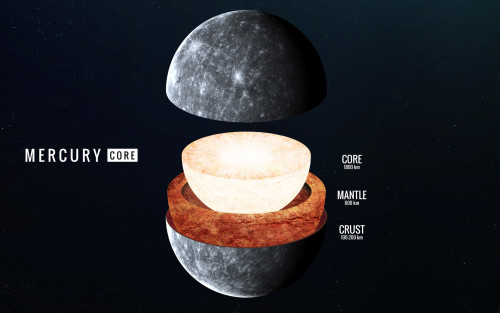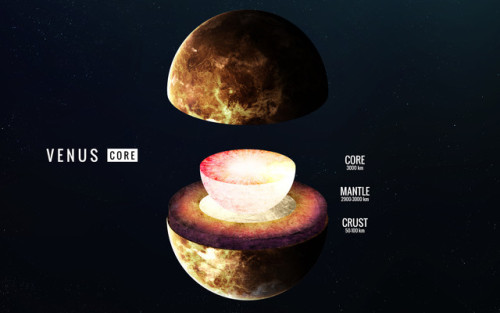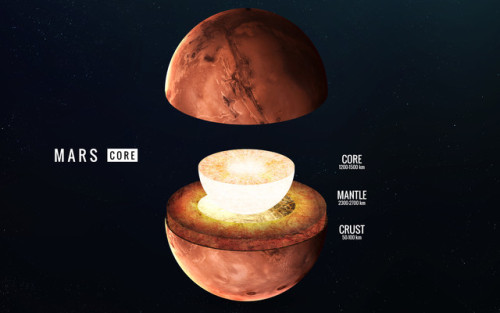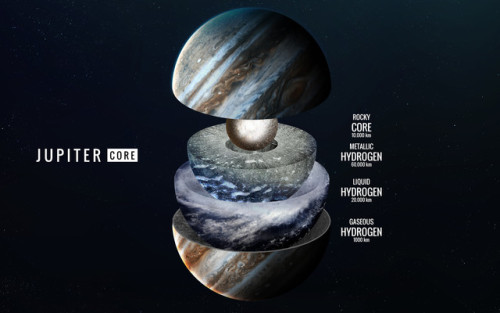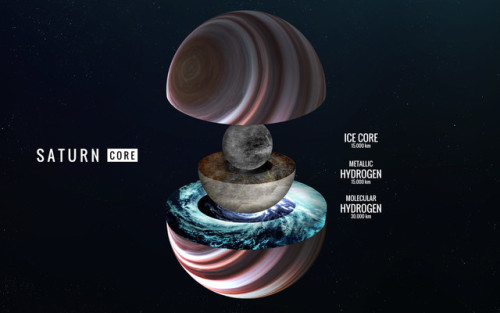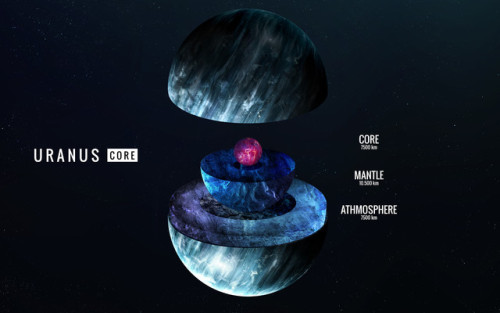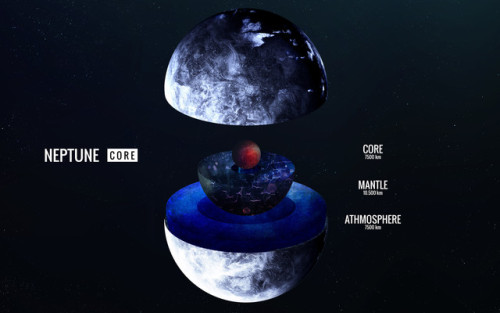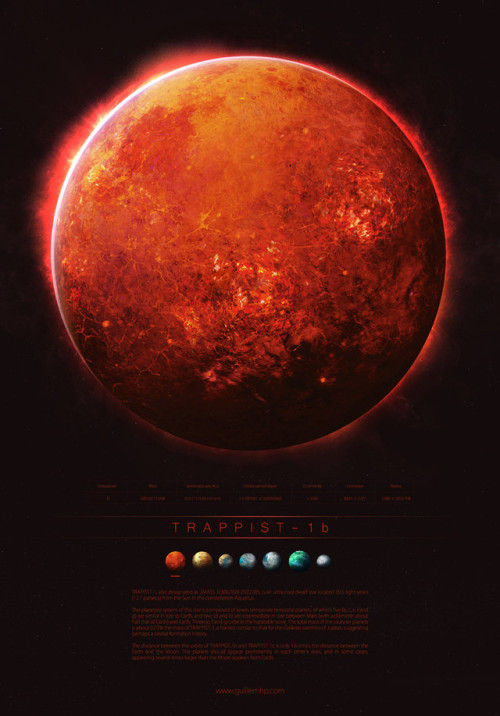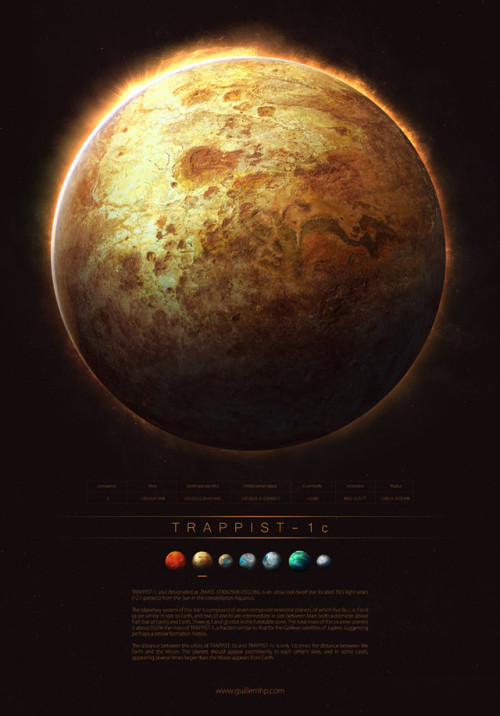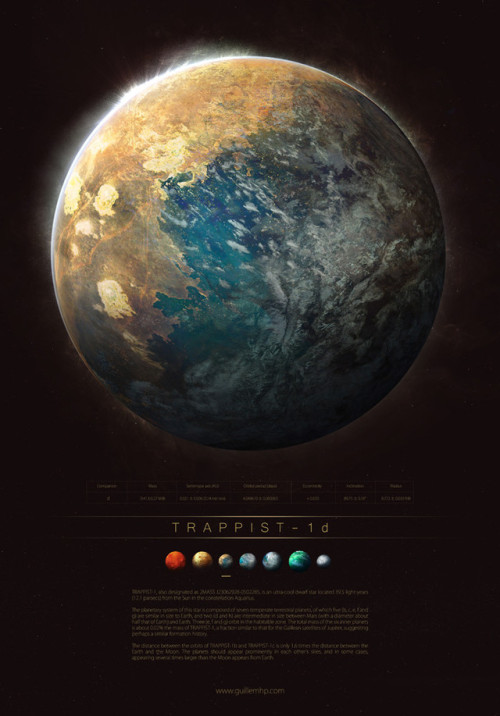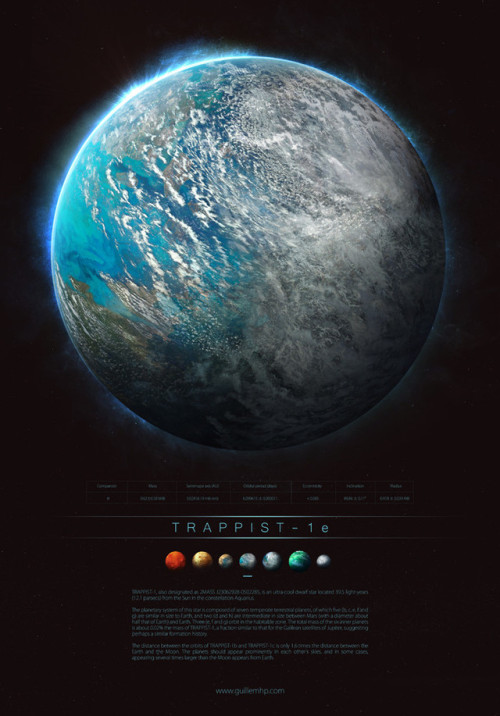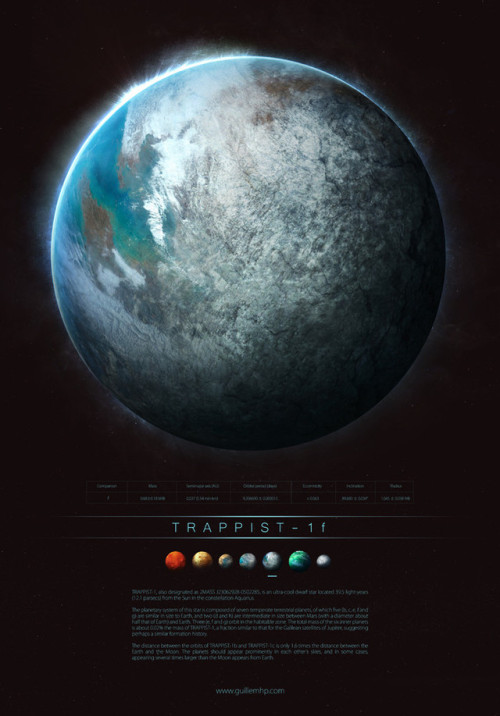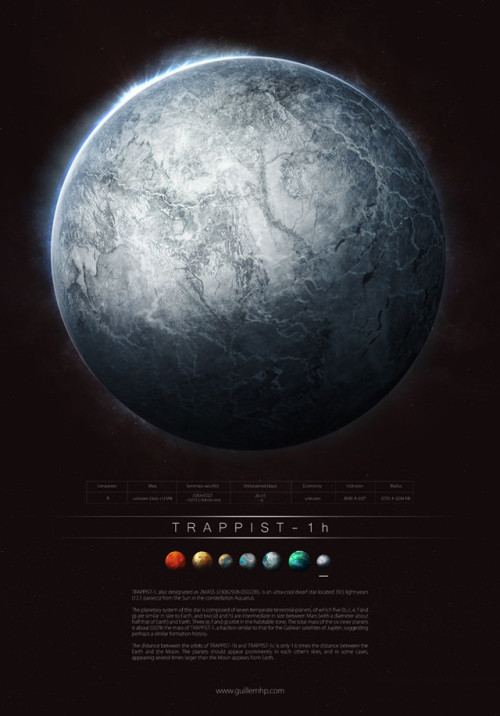My Space Engine Adventures, also any space related topic or news. www.spaceengine.org to download space engine. The game is free by the way. Please feel free to ask me anything, provide suggestions on systems to visit or post any space related topic.Check out my other blog https://bunsandsharks.tumblr.com for rabbit and shark blog.
294 posts
Latest Posts by sharkspaceengine - Page 6

Picture of the day - November 14, 2018
Twin suns begin rising over an airless Mercury-Like planet.

Picture of the Day 2 - November 13, 2018
A ringed desert world located in the core of the Large Magellanic Cloud Galaxy. There are nearly 116 stars within just 1 light year of this planet.








Pictures of the day - November 13, 2018
Tempus System - First Round of Pictures
I’ve decided to showcase another system, and here are the pics of a system in the Large Magellanic Cloud Galaxy I am calling the Tempus System
Space Engine System ID: RS-8475-7-6-4-195
High Resolution Pictures
Mars-Like World
Crescent
Scorched Surface
Cold battered desert moon
Orbital Closeup
Dim suns
Distant giant
Another ring shot
RIP Stan Lee
Your legacy lives on in all of us.

The Core of the Milky-way relative to the apparent size of the moon from Earth
js
Inner Clouds

Picture of the day - November 12, 2018
Inner planets orbiting close to the sun are losing their atmosphere’s at a rapid rate generating a large gas cloud in this system. The gas is thick enough to glow from the illumination of the sun, shrouding the star from the view of the outer planets.
It is likely that other solar systems with hot gas and ice giants have an appearance similar when viewed from orbiting distant planets. The small cloud visible to the left is the Small Magellanic Cloud Galaxy.
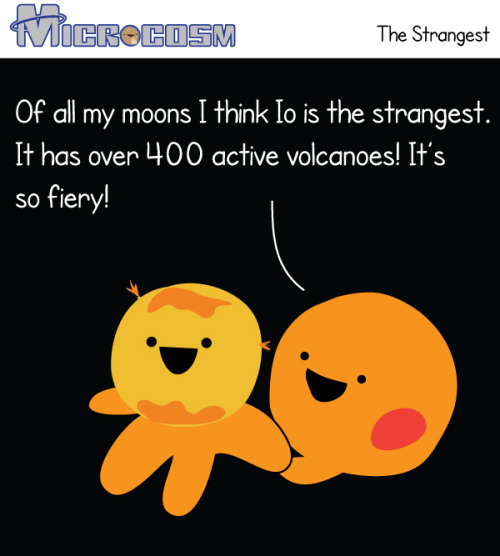
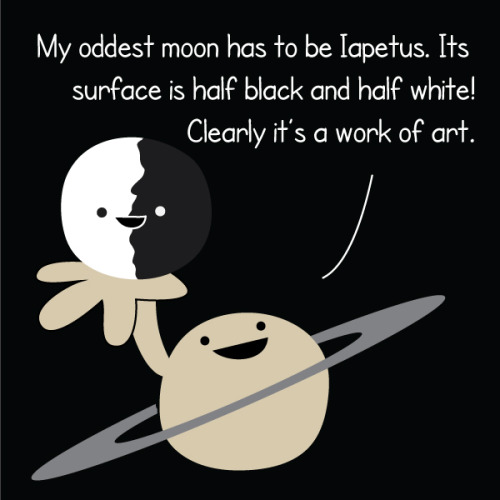

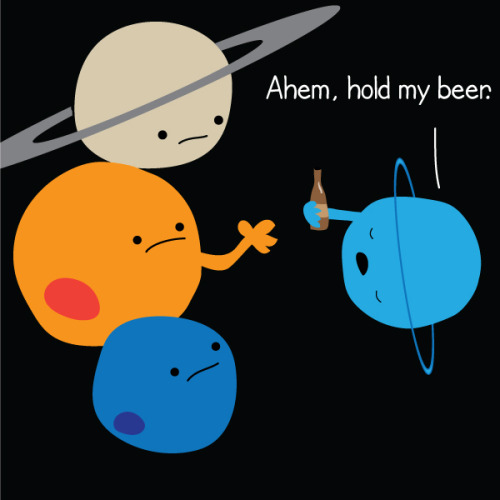
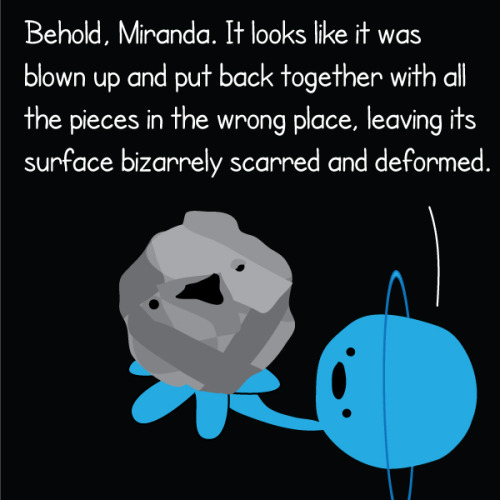
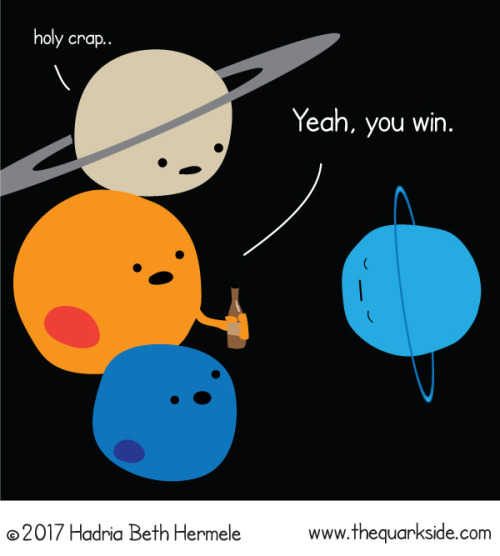
We really do have some weird moons in our solar system!




A collection of alien skies from another system I have come across in the Large Magellanic Cloud Galaxy
Space Engine System ID: RS 8475-7-7-32-196
High Resolution Pictures
Picture 1
Picture 2
Picture 3
Picture 4

Water ice clouds on Mars (desktop/laptop) Click the image to download the correct size for your desktop or laptop in high resolution

Picture of the day - November 11, 2018
Inner planet loosing its atmosphere viewed from the surface of an asteroid moon.
Ember in the Sky

Picture of the Day 3 - November 10, 2018
Moon orbiting a young gas giant still glowing with heat from it’s formation with a distant blue sun beginning to set.
Cold Green World

Picture of the day 2 - November 10, 2018
A cold ice-giant and one it’s moons passing in front of the disk of the Milky Way.






Pictures of the Day - November 10, 2018
Three different desert worlds orbiting a bright red dwarf with surface shots. The star is roughly 10% the brightness of the sun, about as bright as you can get for a red dwarf. A common misconception is that red dwarfs are actually red in color. This is true only for the smaller dim ones, but most have a more orange to red-orange tint to them.
Unfortunately, I already left the system long before I could log the system ID.
High Resolution Pics
Picture 1
Picture 2
Picture 3
Picture 4
Picture 5
Picture 6

Picture of the Day 2 - November 9, 2018
Narrow sea cuts through the forests of a life supporting world with red-colored vegetation.

Picture of the Day - November 9, 2018
Crescent gas giant over an asteroid moon.
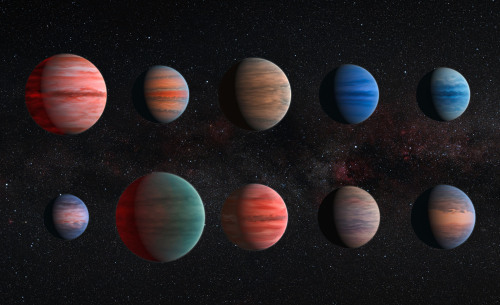
This image shows an artist’s impression of the 10 Hot Jupiter Exoplanets studied using the Hubble and Spitzer Space Telescopes. From the upper left to the lower right corner, these planets are WASP-12b, WASP-6b, WASP-31b, WASP-39b, HD 189733b, HAT-P-12b, WASP-17b, WASP-19b, HAT-P-1b And HD 209458b.
Credit: ESA / Hubble & NASA
Colorful Desert World

Picture of the day 2 - November 8, 2019
A rather vibrant desert-type planet with active weather.
Red Giant

Picture of the Day - November 8, 2019
A scorched plant and its moon orbiting a bloated Red Giant. Both of these worlds orbit the star at twice the distance Neptune orbits from the sun, yet have surface temperatures of more than 1,200 °F.









Pictures of the Day - November 7, 2018
Another Earth-Like world I have come across in the Large Magellanic Cloud Galaxy. This one has two moons and a rather cold surface with lots of ice covered mountains.
Space Engine System ID: RS 8475-2-6-170985-622 4
High Resolution Pics
From a distance
Closeup
Two moons
Icy Wasteland
Moonrises
Another double moon shot
The moons illuminating the night-side of the planet
Earth-rise
Earth and moon rise.
Gas Giant Classification System
Note: this is a modified version of the Sudarsky Gas Giant Classification System, which is a system proposed by David Sudarsky to classify gas giant planets, such as Jupiter and Saturn.
The system that Sudarsky created classifies gas giant planets based off of the temperature of the planet’s atmosphere’s at 1 bar pressure, and the primary chemical that comprises the planet’s cloud decks. His original system contained 5 different types of gas giants: Ammonia, Water, Cloudless, Alkali Metal, and Silicate Clouds)
I have decided to amend his original classification system to include three additional types of gas planets (Nitrogen-Oxygen, Methane, and Carbon), and I believe this system should apply generally to ice giants as well. These modifications cover more types of gaseous planets under a greater range of temperatures and compositions. Again credit to the original idea is given to David Sudarsky.
Type Ib: Nitrogen-Oxygen Class Gas/ Ice Giant

Nitrogen-Oxygen Gas/Ice Giants are the coldest types of gaseous planet. They have atmospheric temperatures of less than 40 K, (-388 °F) at 1 bar pressure. These planets have atmospheric temperatures low enough that oxygen and nitrogen condense into liquid droplets and ice crystals, and at lower depths in the atmosphere it rains liquid nitrogen and oxygen. In hydrogen depleted gas/ ice giants, the cloud decks may even be composed of crystals and droplets of carbon monoxide.
These planets have a primarily deep blue color, with dull gray/blue cloud bands. The blue color of the atmosphere is due to the presence of liquid nitrogen and oxygen lower in the atmosphere which scatters blue light. Gaseous planets of this class planets are relatively rare. Gas giants of this class only exist if they are extremely old (8+ Billion years) and orbit far from their parent star. Most gas giants emit enough internal heat to be too warm to fit this class, given the age of the universe. Ice giants of this class would be more common due to their smaller size and smaller reservoirs of internal heat. Rogue ice giants occupy most planets of this class.
Type Ia: Methane Class Gas/Ice Giant

Methane Class Gas/Ice Giants occupy a temperature range between 40 K and 90 K (-388 °F and -298 °F). These planet’s have atmospheric temperatures that support the formation of methane clouds. Methane is the primary light scattering chemical which gives the planet a deep blue to cyan color. Examples of this class include both Neptune and Uranus.
Methane Class gas planets orbit far from their parent stars, and often emit as much heat as they receive from the sun. Atmospheric activity is driven almost entirely by internally released heat. Planet’s with less heat often appear bland and almost featureless (i.e. Uranus), while planets that emit significant internal heat, show more pronounced cloud bands and even large cyclonic systems (i.e. Neptune). The hue of the planet is believed to be determined by how much methane is in the atmosphere.
Type I: Ammonia Class Gas/Ice Giant (Original Sudarsky Type I)

Ammonia Class Gas/Ice Giants occupy a temperature range between 90 K and 160 K (-298 °F and -172 °F). These planet’s have atmospheres dominated by ammonia ice crystals. Ammonia is the primary light scattering compound that often gives these planets a brownish hue. Temperatures are warm enough in the atmosphere for complex chemistry to occur, including for formation of tholins and other complex hydrocarbons, along with various other chemical compounds dredged up through convection from the interior. Cloud bands may take on numerous colors including: brown, white, red, orange and yellow.
Ammonia Gas giants include both the planets Jupiter and Saturn. The atmosphere of an ammonia gas planet is extremely turbulent and active due to the increased solar radiation. These planets typically orbit just beyond a star systems frost line (the temperature at which ice will not sublimate in a vacuum), but not far enough for methane clouds form.
Type II: Water Class Gas/Ice Giant (Original Sudarsky Type II)

Water Class Gas/Ice Giants occupy a temperature range between 160 K and 250 K (-172 °F and -10 °F). These planets have atmospheres dominated by water-ice crystals, and their atmosphere experiences liquid water rain at lower depths. If a gaseous planet were to support aerial life, Type II planets would be the perfect candidate. Water-Ice reflects a lot of the sunlight making these planets extremely bright with high reflective albedos.
No Water Class Gas or Ice giants exist within the solar system, but examples include: Upsilon Andromedae D or PH2B. Type II planets orbit from the middle of the habitable zone out to the edge of the frost line. Type II gaseous planets orbiting within a system’s habitable zone may have large Earth-like satellites in orbit that are capable of supporting life.
Type IIa: Sulfur Class Gas/Ice Giant

Sulfur Class Gas/Ice Giants occupy a temperature range between 250 K and 350 K (-10 °F and 170 °F). These planets have atmospheres dominated by hydrogen sulfide and sulfur. Cloud decks are composed of crystals of hydrogen sulfide and sulfur-dust. These planets have complex upper atmospheric chemistry dominated by sulfur bearing compounds, and have a composition similar to the clouds of Venus. Atomic sulfur dust in the atmosphere gives the planet’s a distinct yellow hue, and is the result of ultraviolet radiation breaking down hydrogen sulfide though a process called photodissociation.
Sulfur Class Gas/Ice Giants orbit between the center of a system’s habitable zone and a system’s Venus Zone. The atmosphere’s of Type IIa planets are extremely active which cyclonic systems, sharp cloud bands, and chaotic polar regions. As with Type II Gas/Ice Giants, Type IIa planets orbiting within a system’s habitable zone may support Earth-like moons in orbit.
Type III: Cloudless Glass Gas/Ice Giant (Original Sudarsky Type III)

Cloudless Class Gas/Ice Giants occupy a temperature range between 350 K and 800 K (170 °F and 980 °F). These planets have atmospheres that do not lie within a temperature range of any common compounds to exist as either ice crystals of liquid droplets. Methane deep in the atmosphere give the planets a blueish green hue from the scattering of blue light. Due to the lack of clouds, the banding is faint and muted in appearance. Varying concentrations of sulfides and chlorides between the individual weather zones give each band a slightly different hue. If high concentrations of sulfur are present, these planets may take on a violet or purple color from the formation of diatomic sulfur molecules.
Cloudless Class Gas/Ice Giants orbit between roughly a mercury equivalent orbit and the inner edge of the Venus Zone. The atmosphere despite it’s faded appearance, experiences powerful winds and extremely stormy weather. Roughly half of these type of planets orbit close enough to their parent stars to be tidally locked.
Type IV: Alkali Metal Class Gas/Ice Giant (Original Sudarsky Type IV)

Alkali Metal Class Gas/Ice Giants occupy a temperature range between 800 K and 1,400 K (980 °F and 2,060 °F). At these temperatures carbon monoxide becomes the dominate carbon-carrying molecule instead of methane. Metals such as sodium and potassium become more common in the atmosphere, condensing into cloud decks. Additionally clouds containing titanium dioxide and vanadium oxide may also form. Type IV planets typically have a monochromatic color, but some may have hues of dark green or dark red, depending on the composition of the clouds. Most have a very low reflective albedo, reflecting less than 5% of the sunlight they receive.
Alkali Metal Class Gas/Ice Giants orbit close to their parent stars, and most are tidally locked to their sun. Extremely violent weather occurs within the atmosphere, and most experience wind speeds of over 1,000 mph. The increased heat also increases the overall diameter of the planet; therefore, Type IV planets are often larger than Types Ib - Type III of the same mass.
Type V: Ferro-Silicate Class Gas/Ice Giant (Original Sudarsky Type V)

Ferro-Sillicate Class Gas/Ice Giants occupy a temperature range between 1,400 K and 2,800 K (2,060 °F and 4,580 °F). These planets are viewed of as the traditional examples of either a Hot Jupiter or Hot Neptune. Temperatures are hot enough that cloud decks of silicates and iron form in the upper atmosphere. It is not uncommon for molten iron and molten glass rain to occur within the atmosphere. The color of these planets varies wildly depending on whether silicates or iron are more common. Type V planets with silicates dominating the cloud decks will appear bright azure blue in color from liquid droplets of glass scattering blue light. Type V planets where iron dominates the cloud decks will have a more gray-red color. The atmosphere is so hot that it glows a dull red.
Ferro-Silicate Gas/Ice Giants orbit very close to their parent stars with orbital periods of a few days or less and are tidally locked to the sun. Their diameters are puffed up by the intense solar radiation, and the planets often have unusually low average densities, lower than that of even Saturn. Weather is wild in the atmosphere, with winds blowing in excess of 2,000 mph. The winds are so fast and transport heat so efficiently that the night side is almost as hot as the day side despite being in perpetual darkness. A prime example of this planet type would be 51 Pegasi B. (Note this was the first type of planet discovered orbiting a sun-like star outside of our solar system). Due to the close proximity to their parent stars, these planets are constantly loosing atmospheric gasses, and appear almost comet-like from the distance.
Type VI: Carbon Class Gas/Ice Giant

Carbon Class Gas/Ice giants occupy a temperature range above 2,800 K (4,580 °F), and are considered to be the rarest type of planet. These planets have cloud decks composed of carbon. Cloud decks of solid carbon crystals will be composed of graphite, while at deeper depths liquid diamond rain will occur. Above 2,800 K most chemical compounds break down into their constituent elements, and the atmosphere of these planets have more in common with that of a star than a planet. The atmosphere is primarily black in color, reflecting less than 1% of the light the planet receives. The planet is only visible because temperatures are hot enough that the atmosphere and clouds glow dim red in color.
Type VI planets orbit close enough to their parent stars that they have orbital periods of less than a day, are tidally locked to the sun, and lose thousands of tons of their atmospheres every second. Very weird chemical reactions occur at the boundary line with the night side, where chemicals such as water are broken into hydrogen and oxygen during the day, and re-condense into water vapor at night. Ice giants of this class would only be short-lived since they are not massive enough to retain their hydrogen-helium atmospheres for more than a few tens of millions of years. Carbon-Class Gas giants can be the largest planets in terms of diameter, their size extremely bloated by intense solar radiation.
This is merely my input on classifying giant type planets, which I use in my hobby of designing my own star systems. If anyone has anything to add, please feel free to do so.
Galaxy Center

Picture of the day - November 6, 2018
The center of the Large Magellanic Cloud Galaxy, according to space engine.
Battered Desert

Picture of the day - November 5, 2018
A cratered desert world with a thin carbon dioxide atmosphere. Both heavily cratered combined with extensive surface modification from volcanism and other forms of geological activity. Evidence of a tectonic fault-line is present in the above image.

